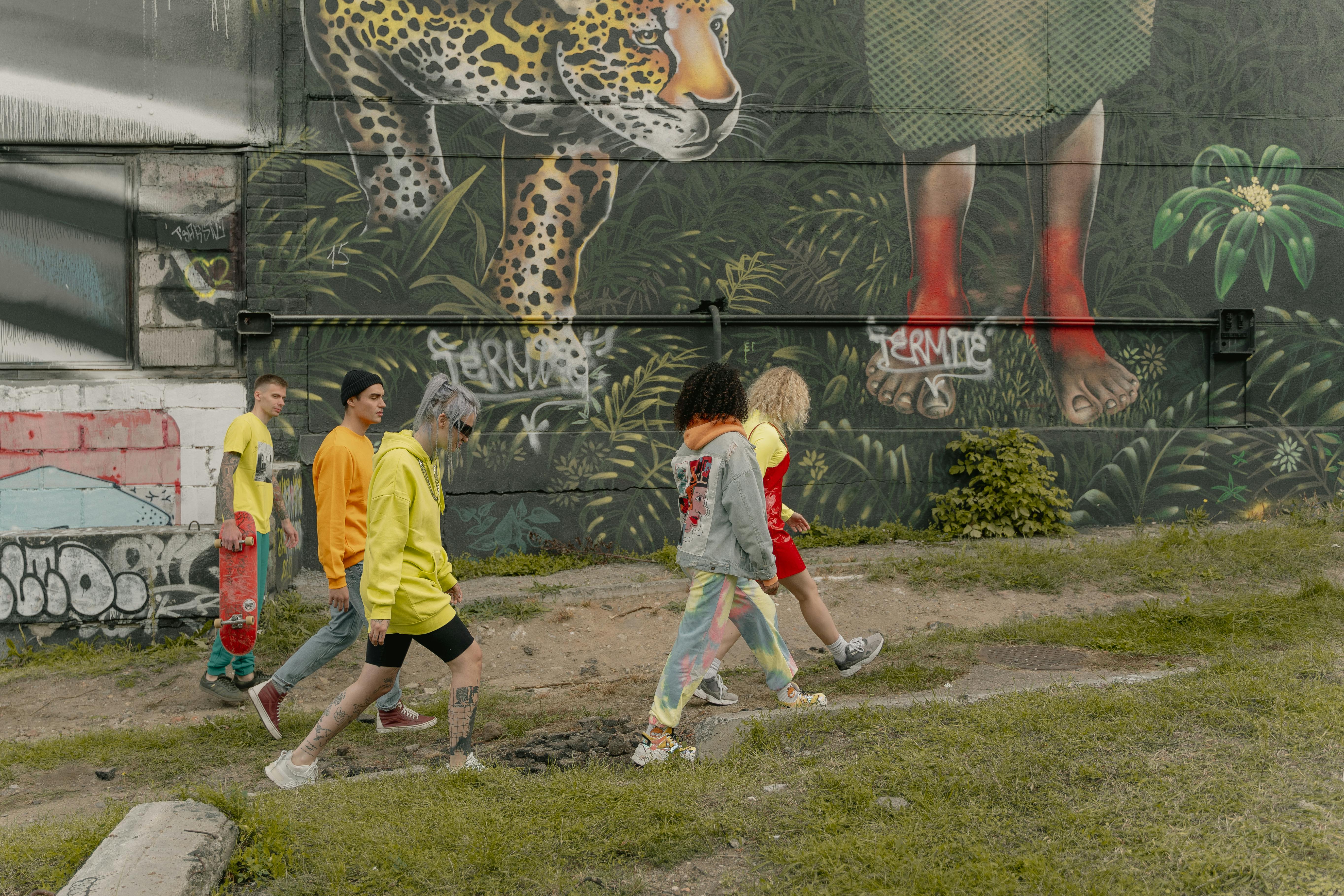Charlotte Bronte makes frequent use of symbolism in Jane eyre. A series of repeated images is used, partly as a means of assembling a narrative of immense generic variety. The following discussion focuses on Bronte’s use of images of ice and fire, exploring the symbolic attributes of these images and how they are employed in various scenes throughout the text. Excerpts are from the Oxford World’s Classics 2000 edition of the novel.
There is a dichotomy in the narrative between representations of fire and ice. Fire is frequently associated with passion and rebellion, evident in the following excerpt, where the young protagonist reflects on the state of her mind after having criticized her aunt’s mistreatment: “A crest of illuminated heather, alive, looking, devouring, it would have been an emblem of my mind when I accused and threatened Mrs. Reed “(1, 4, p. 37). However, when the fire has been put out, the same ridge is described as “black and ruined after the flames are dead” (1, 4, pp. 37-8). Coldness is often associated with isolation and desolation in the text.
Jane feels angry with her aunt because of the unfair treatment the woman has given her. From the first chapter it is shown that she is isolated from the Reed house. Images of fire and ice are invoked in this scene where the protagonist sits alone in her casement window. She is excluded from the rest of her adoptive family and from the warmth of the fireplace. Bronte describes only glass panels that “protect, but do not separate” (1,1, p.8) his heroine from the cold and windy November afternoon.
The ‘realms of white death’ depicted in Bewick’s illustrations British bird history, which Jane is reading, also serve to exemplify the frozen images and develop the theme of coldness. These images are also significant because they foreshadow certain events much later in the story, including Jane’s lonely wanderings through the Yorkshire moors after her escape from Thornfield. The “desolate regions of gloomy space” (1, 1, p. 8) amplify the protagonist’s own sense of desolation and her desire for an accepting home.
While images of ice are used to symbolize Jane’s own inner sense of loneliness and desolation, fire is used figuratively to illustrate the heroine’s rage at her mistreatment. When she is locked in the red room, Jane observes how cold the room is due to the rarely used fireplace. She describes herself growing “gradually cold as stone” (1, 2, p.16). When he wakes up in nursery school at the beginning of the next chapter, he tells the reader “a terrible red glow, pierced by thick black bars” (1, 3, p.18). Although it turns out that this is just the nursery fire, when this section is viewed in conjunction with the previous scene, where the protagonist was reflecting on her situation inside the Reed house, it becomes clear that this is an early example of Bronte using footage from fire to portray. the wrath of his heroine.
In Gateshead, Jane’s anger culminates in her outburst against Mrs. Reed, before being sent to Lowood School, and although she subsequently learns to restrain her fiery nature, the theme of anger against injustice and its expression through the fire continues throughout the narrative, albeit at a more moderate level. When Jane works as a governess, an important section recounts her passage back and forth across the third floor of Thornfield, reflecting on her restless disposition. In this scene, the fiery images are associated with ambition, as Jane feels restricted by her current calling.
The nature of Bronte’s descriptions of her heroine’s environment is often determined by Jane’s emotional states. A scene that aptly illustrates this quality occurs after Jane learns that Rochester is already married. As he gazes at the prospect of midsummer from his bedroom window in Thornfield, he recounts how “the ice glazed the ripe apples, the currents crushed the blowing roses; in the hayfield and in the cornfield there was an icy shroud” (2, 11, p. 295). The heroine’s dejected mood is depicted outwardly through Bronte’s winter symbolism. Their descriptions are reminiscent of the snowy wastes of the Arctic from Bewick’s book.
Various readings of Bronte’s novel, especially those that have adopted a feminist point of view, have identified a thematic connection between the heroine and Rochester’s insane wife. They consider Bertha to be the physical manifestation of Jane’s psychological rage. Bertha’s unhinged violence is literally expressed by fire, both when she tries to set Rochester’s bed on fire and when she burns Thornfield. This is in stark contrast to Jane, whose rage is expressed through figurative depictions of fire.
As the narrative unfolds, it becomes apparent that there is a juxtaposition of passion and reason. Images of fire and ice play a symbolic role in representing these qualities. Jane’s two possible suitors, Rochester and St. John, are juxtaposed in the qualities they embody. Rochester is closely aligned with fire, with his passionate and reckless nature, while St. John compares himself with ice, with his disposition of calm reasoning and emotional detachment.
Jane suffers from intense mental confusion regarding her feelings for Rochester after discovering that he is already married. When she is agonizing over accepting his offer as a lover or leaving Thornfield, she describes how it felt as if “a fiery iron hand gripped my vital organs. Terrible moment: full of struggle, darkness, burning!” (3, 1, p. 315). At this stage in the story, Bronte hints that it would be inappropriate for Jane to accept Rochester’s current proposal. The narrative suggests that Rochester must redeem his dissolute position if he and Jane are to marry. The physical damage he suffers through his attempts to save Bertha could be seen as undergoing a baptism of fire. Therefore, the final union of Jane and Rochester could be seen as a resolution of passion and reason.
